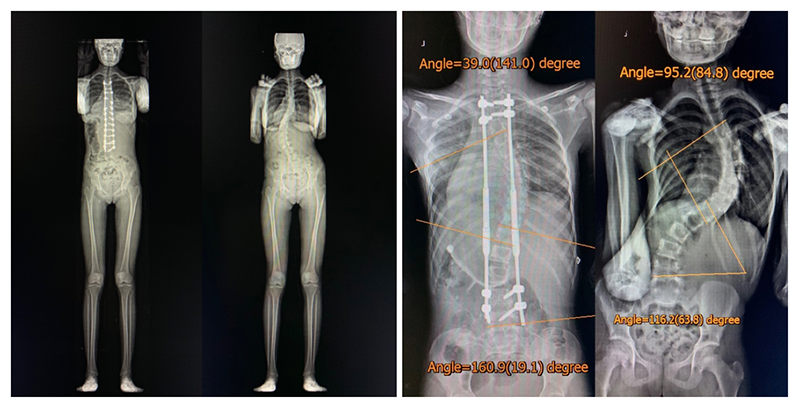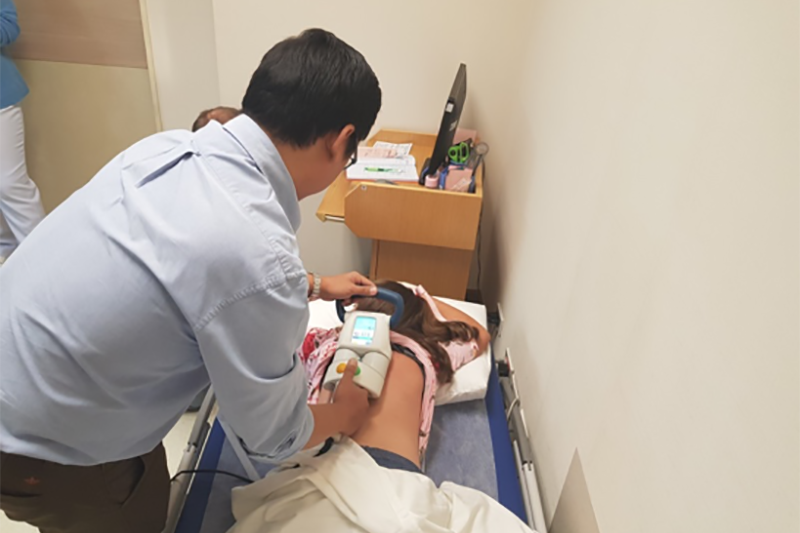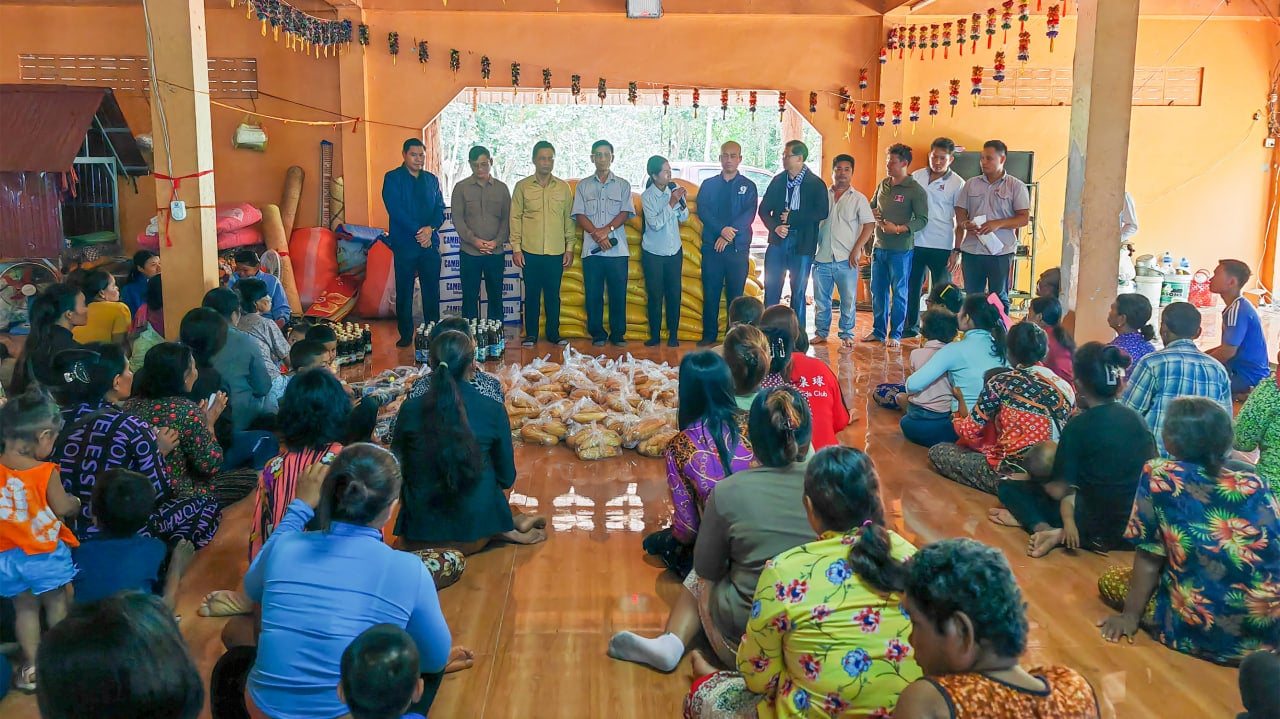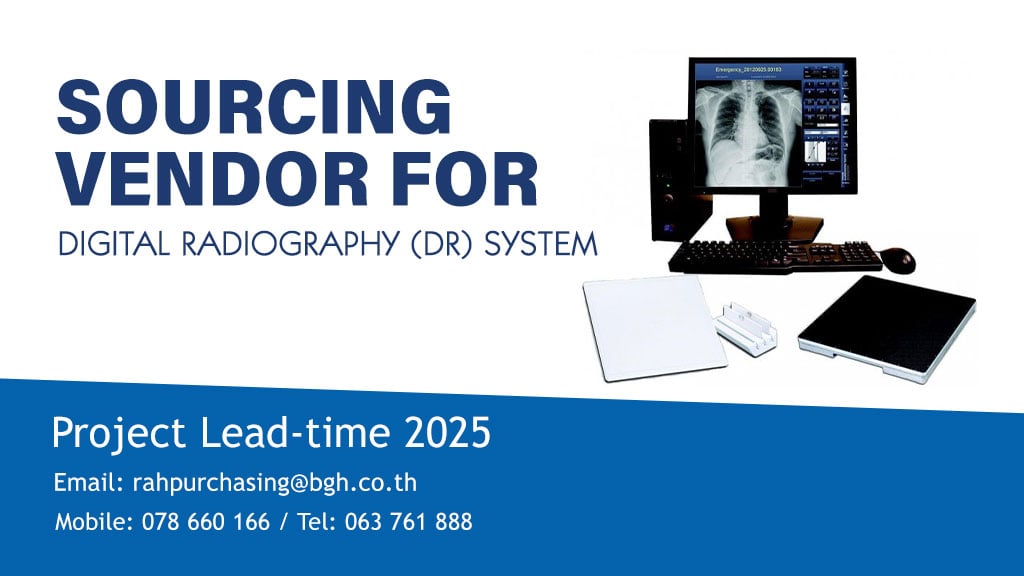MAGEC: An Effective Spinal Surgery To Treat Spinal Scoliosis In Children.
Scoliosis is defined as a sideways curvature of the spine that occurs most often during the growth spurt just before puberty. However, scoliosis can actually happen in all age groups. Several risk factors are involved such as cerebral palsy and muscular dystrophy. Particularly in children with spinal stenosis, effective treatment must be urgently provided. If this condition is left untreated, it eventually leads to an increased severity that largely impacts daily life and activities. Not only to enhance the mobility but appropriate treatment also improves patient’s quality of life. The advancements of spinal surgery, MAGEC; a magnetic expansion control system with a growing rod is considered as innovatively effective procedure to treat children with spinal scoliosis.
Spinal Scoliosis In Children
In general, spinal scoliosis has been mostly found in girls rather boys, with a ratio 8:1. Additionally, girls have a much higher risk of the curve worsening and requiring treatments. If spinal scoliosis is left untreated, it eventually shortens heights and impairs self-conscious about appearance. In severe cases, serious complications are heart and lung damages. In addition, the rib cage may press against the lungs and heart, resulting in breathing difficulties and weakness. Fatal conditions such as acute heart failure are possible.
Signs And Symptoms
Symptoms of spinal scoliosis may vary depending on disease severity and individual conditions of each patient. In its early stage, symptoms may be absent. Noticeable signs and symptoms include:
- Walking with imbalance posture
- Uneven shoulders
- One shoulder blade that appears more prominent than the other
3D-Spinal Surgery In Children With Spinal Scoliosis
Wearing braces can prevent further progression of the curve. However, this treatment option requires frequent hospital visits (every 2-3 months) for brace adjustment. In addition, it is strictly recommended to continually wear at least 16 hours per day which might affect daily life and some activities of children. Thus, spinal surgery at proper time when children are suitable candidates for surgery is considered as one of the effective choices to treat spinal scoliosis in which braces might not be necessarily needed.
The surgical treatment of spinal scoliosis in children aims to prevent further disease progression while enhancing the appearance of children. The surgery must be performed precisely to correct the curves in all dimensions. Before surgery begins, advanced imaging test, Biplane EOS imaging system is used to clearly visualize the spinal abnormalities and total balance of the body. This imaging tool with high-resolution images strives spine surgeons to complete surgical planning based on relevant 3D patient anatomies. The most common procedure of scoliosis surgery is called spinal fusion. During surgery, two or more of the bones in the spine (vertebrae) are connected together. Pieces of bone or bone-like materials are precisely placed between the vertebrae. Metal rods, wires or screws are typically used to hold the spine straight and still. To enhance surgical accuracy and safety, O-ARM surgical imaging system which is a mobile x-ray system designed for 2D and 3D imaging is used to provide real-time images of spine and other relevant structure in all dimensions. It allows spine surgeons to place surgical screws precisely at its position while minimizing the chances of possible complications. This 3D-spinal surgery enables the spine to move back safely into a proper position. Not only lateral curvature and vertebral rotation are fixed, the prominent shoulder blades, chest and breast are also corrected.

MAGEC: Spinal Surgery In Children With Spinal Scoliosis
Spinal surgery in very young children with continuous growth of spine has been dramatically developed in recent years. The new surgical approach, called MAGEC or Magnetic Expansion Control System with a growing rod has been used in the US since 2014. The system, which includes implantable rods and an external remote control, are used to brace the spine while the child is still growing to minimize the progression of scoliosis. A growing rod is adjustable in length up to 10 cm. and it can be rotated in all dimensions as the child grows. This rod is usually recommended in children age 5 -15 years old, with minimum weight 11 kilograms and BMI less than 25. In addition, to obtain the best possible surgical outcomes, children’s bone must be sufficiently flexible otherwise procedure cannot be performed with growing rods.
Before spinal surgery MAGEC begins, the balance of spine and abnormalities will be visualized by using Biplane EOS imaging system with high-resolution 3D images. During surgery, 2 small incisions are made as the lower incision and upper incision. Through these small incisions, 4 tiny surgical screws will be then placed with a growing rod located in the center of the spinal curvature. O-ARM surgical imaging system, a mobile x-ray system designed for 2D and 3D imaging is used during surgery to enhance surgical accuracy and safety by providing real-time images of spine and other relevant structure in all dimensions. It allows spine surgeons to place surgical screws precisely at its position while reducing potential risks of operative complications. Surgery with MAGEC takes approximately 2 hours. After procedure, the height of children will increase immediately. This new surgical method greatly strives the spine to grow appropriately before reaching teenager age when additional spinal surgery is further required. The successful outcomes retrieved from spinal surgery MAGEC entirely depend on the expert and experience of spine surgeons whilst the age of children and their bone flexibility also play a major role.
After surgery, regular visits at the hospital to extend the rod with magnetic control are generally required with a 2-3 month interval. Painless adjustment takes only 30 seconds up to 1 minute at outpatient department. The rod can be extended from 3 up to 7 mm. in each time, resulting in the gradual improvement of degrees in scoliosis curve. The growing rods can be continuously used until the children reach their puberty phase without losing their heights.

Superior Advantages Of MAGEC
In comparison to conventional spinal fusion, benefits of MAGEC include:
- A frequent open surgery to adjust the rods every 6 months is not required.
- Small incisions lead to less pain and fewer tissue injuries after operation.
- Reduced potential risks from multiple surgeries.
- A better surgical outcome might be obtained.
The ultimate goal of spinal scoliosis treatment in children is to prevent further disease severity and its complications that largely impact daily activities and impair quality of life. If signs of scoliosis are indicated, medical attention must be sought immediately in order to receive effective and appropriate treatments from highly experienced and well-trained spine surgeons.
Reference:
Orthopedic and spine surgeon.
Spine Center, Bangkok International Hospital
For more information, please contact
Spine Center, Bangkok International Hospital
Opening hours: Monday – Sunday 07.00 AM. – 08.00 PM.
Tel: 1719 (local call)
Email: [email protected]







